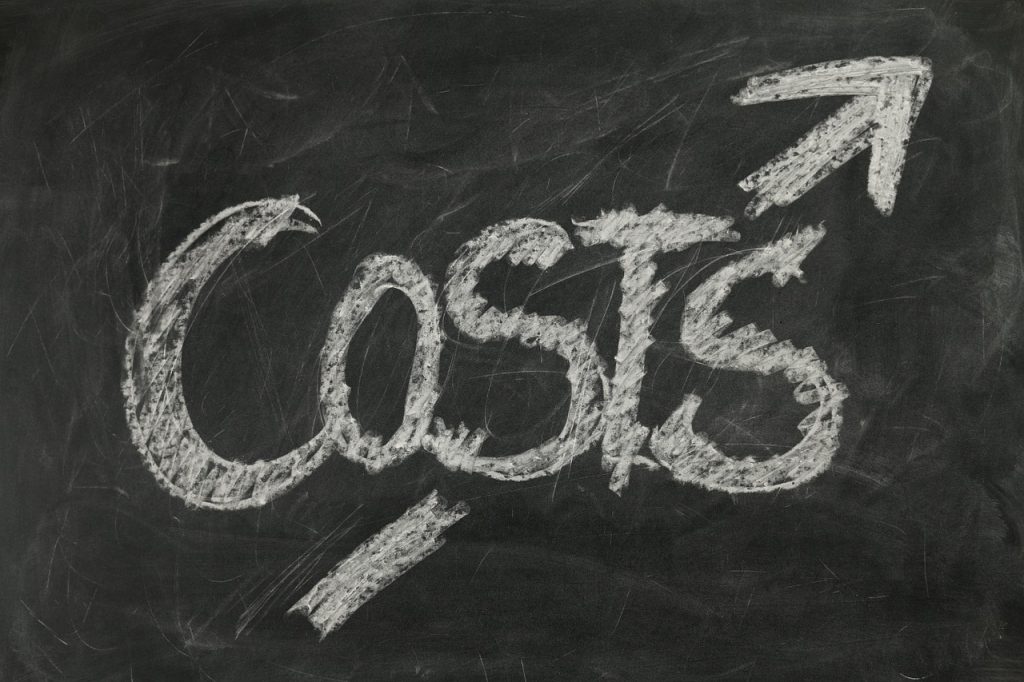Call center benchmarking serves as a vital tool for managers who want to monitor and improve call center performance. Even if a call center operates at an all-time high level of performance based on its historical data, it might still underperform relative to other call centers in similar settings.
Global metrics measure a set of common parameters that standardize the call center efficiency assessment and fall into four general categories: service quality, agent responsiveness, productivity and cost.
Call Center Cost
Of the four general metrics mentioned above, the cost of operating a call center might attract the most attention. Both direct and indirect costs affect the operation of a call center and can challenge profitability if left unchecked.
A call center can become a profit center for a business if costs can be managed amidst a high-efficiency environment. Even when the best intentions are involved, managers often have difficulty evaluating call center expenses by using only internal data. Benchmarking can help assess costs by comparing the cost of a call center with others operated by other firms. To facilitate the process, managers should become familiar with the following metrics.
Cost per call
The total cost of handling all calls within a fixed timeframe.
One way to assess the cost of a call center is to measure the total average cost spent by a firm to provide for the necessary facilities to allow calls to arrive and be answered by a call center agent. Calculating the cost per call requires the definition of a time frame from which the number of calls handled can be derived. The metric, then, is easily measured by dividing the total cost of operations during the time frame divided by the number of calls.
Companies can use the cost per call metric to estimate how much they must spend to handle a growing call volume. Of course, some components of cost are incremental. For example, a certain number of agents can handle a range of call volume before additional staff members are needed. Similarly, phone systems and contact center software can handle a certain volume but eventually will need to be upgraded to expand capacity.
A basic value for the cost per call metric can be calculated by dividing the number of calls per hour by the hourly wage paid to agents. For benchmarking, a “fully loaded” value is used that adds the annual non-labor operating costs to labor and dividing the total by the total number of calls per year. Operating costs can include facility costs, equipment costs and overhead costs.
Agent Attrition
A percentage reflecting annual staff turnover.
A human resources metric that directly impacts the cost of operating a call center is agent attrition. The metric measures the annual turnover of staff. As agents leave the company, replacements must be recruited and trained, resulting in a substantial expense. Also, the business loses a substantial amount of acquired knowledge and skills when experienced agents leave.
Agent attrition is a percentage calculated by tabulating the number of employees that left during a period and dividing it by the average number of employees for the same period. The global metric for agent attrition is 15 percent, but that number can vary based on the industry and market served by the call center.
During normal operations, call center employees can be involuntarily terminated for various reasons, or they can leave of their own volition. Regardless, agent attrition measures the number of all the employees that annually leave their job in the call center. Call center benchmarking can help a company realize that its turnover rate is too high.
High turnover rates can be caused by inadequate training, excessive workloads and unreasonable management expectations. Turnover rates often can snowball as the entire call center staff can experience low morale as they see so many people come and go. Companies should, therefore, find ways to improve agent retention to reduce the cost of operating a call center.
Agent Absenteeism
The number of days per year agents are absent from their jobs as a percentage of their contracted work days.
Another metric, agent absenteeism, assesses the cost of the days lost during the year to employees failing to be present for work on the days stipulated in their contract. Absenteeism can negate careful planning by causing inadequate staffing levels even when adequate resources were scheduled. Managers who compensate for high absentee rates by scheduling additional agents risk increasing costs further by having too many agents present for work.
As a result of absenteeism, other call center metrics can be negatively impacted as customers receive substandard service. Hold time and abandoned calls, for example, can increase along with agent workloads and stress. Call center managers usually manually track agent absenteeism. The global value for the metric is five percent annually.
Cost assessment is an important component of call center benchmarking. By measuring the average cost per call as well as agent turnover and absenteeism rates, companies can track the performance of their call centers. Even when a call center has expenses that are at an all-time low, however, it could still be operating at an unacceptably high cost compared to competing firms. Benchmarking can identify opportunities for improvement that can result in increased profitability.
Our Solution
We supply comprehensive call center assessments that take all vital metrics into consideration. As we work with you, we will help you identify and implement operational improvements and cost-management strategies. We’ll help you achieve an optimal balance between your practical business needs and your desire to create an exceptional customer experience. The metrics which we put in place will ensure that your company has the ability to measure, understand and respond to your call center performance results.


